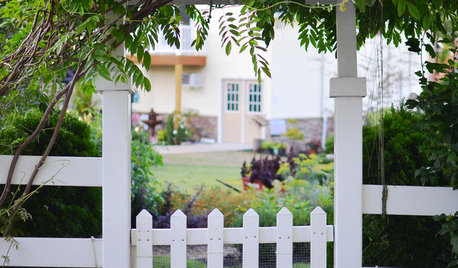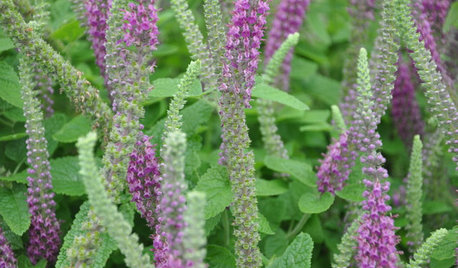Mimosa, not the drink
columbiasc
13 years ago
Related Stories

PRODUCT PICKSGuest Picks: Fall Entertaining Favorites
Make autumn feasts a piece of cake with chic compostable plates, pretty glasses, pie accessories and more
Full Story
GREAT HOME PROJECTSHow to Create a Built-In Home Bar
New project for a new year: Get the nuts-and-bolts info on building a swank home bar into a nook or wall
Full Story
BUDGET DECORATING14 Ways to Make More Money at a Yard Sale — and Have Fun Too
Maximize profits and have a ball selling your old stuff, with these tips to help you plan, advertise and style your yard sale effectively
Full Story
HOLIDAYSSimple Pleasures: Welcoming the New Year
Got the champagne and party hats but stumped about what to do next? Try these festive entertaining ideas to ring in the new year
Full Story
PRODUCT PICKSGuest Picks: Fancy Finds for a New Year's Eve Party
Celebrate the arrival of 2012 with drinkware, sparkly serving pieces and, of course, a glittering disco ball or two
Full Story
HOLIDAYSHouzz Call: Share Your Personal Holiday Traditions
What winter rituals mean the most to you and yours? Post your stories and pictures
Full Story
FEEL-GOOD HOME9 Smells You Actually Want in Your Home
Boost memory, enhance sleep, lower anxiety ... these scents do way more than just smell good
Full Story
MOTHER’S DAYWhat to Do for Mom Around the House on Mother’s Day
Show appreciation for your mother and make her day extra special with these ideas
Full Story
GARDENING GUIDESLet Lilac Love Flower This Spring
Whatever you bestow or receive for Mother's Day, lilacs can be an unmatched gift in the garden in May
Full Story
GARDENING FOR BUTTERFLIESBe a Butterfly Savior — Garden for the Monarchs
Keep hope, beauty and kindness alive in the landscape by providing a refuge for these threatened enchanters
Full Story





User
lindakimy
Related Professionals
Comstock Park Landscape Architects & Landscape Designers · Ashburn Landscape Architects & Landscape Designers · Fitchburg Landscape Architects & Landscape Designers · Foothill Ranch Landscape Architects & Landscape Designers · Bergenfield Landscape Contractors · Burlington Landscape Contractors · Crystal Landscape Contractors · East Lake-Orient Park Landscape Contractors · Elkridge Landscape Contractors · Goodlettsville Landscape Contractors · Huntley Landscape Contractors · Middleton Landscape Contractors · Newberg Landscape Contractors · Twin Falls Landscape Contractors · West Covina Landscape Contractorsjay_7bsc
hosta200
Iris GW
columbiascOriginal Author
tamelask
hosta200
tamelask
hosta200